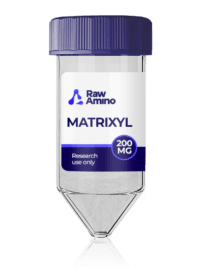Liraglutide (GLP-1) – 3MG
$45.00
FREE Shipping on $200+ orders
FREE Bacteriostatic Water (30ml) on $200+ orders
Discount per Quantity
| Quantity | Discount | Price |
|---|---|---|
| 5 - 8 | 5% | $42.75 |
| 9 + | 10% | $40.50 |
Size 3MG
Form Lyophilized powder
Purity 99%
Contents Liraglutide
THE CONTENT ON THIS WEBSITE IS STRICTLY INFORMATIONAL. IT IS NOT INTENDED TO BE TAKEN AS MEDICAL ADVICE OR AS A SCIENTIFIC PUBLICATION.
None of the products have been evaluated by The Food and Drug Administration, and are not for medical use. Their use in human or animal subjects is strictly prohibited by law, and they are available here only for in-vitro research purposes, by licensed professionals. By purchasing from this site, you agree to comply with our Terms and Conditions.







